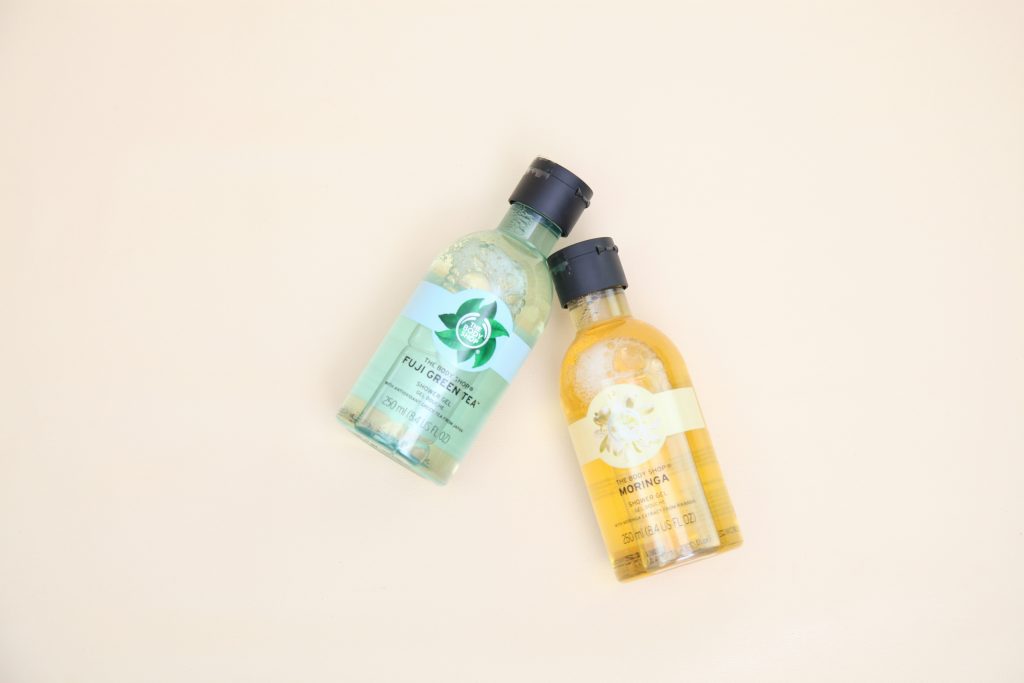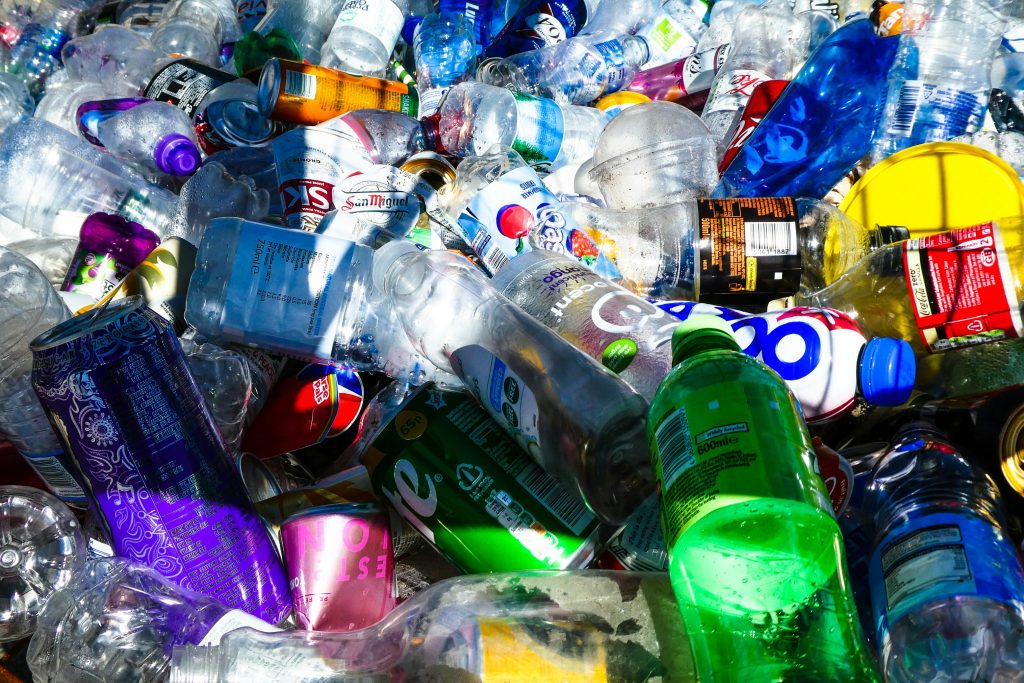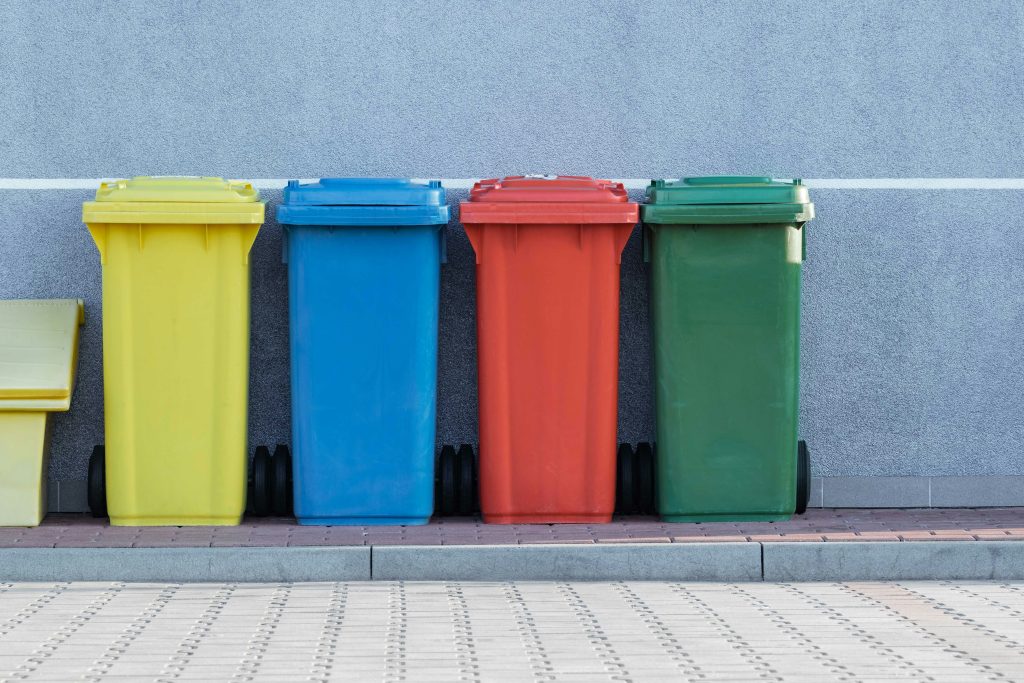Eliminating single-use plastics in the hospitality industry — is it really important?
Concerns about the impact of single-use plastics on the environment have been widely discussed in sustainability circles for years. Despite progress in reducing plastic straws, cups, and bottles, hotels still use plastic in many areas.
This presents an opportunity for the hospitality industry to lead the way in creating a more sustainable future. However, it’s not always clear how hotels can go beyond eliminating these common items to reduce plastic use across their operations and supply chains.
At My Ranggo, we’re all about bringing up the standards of hospitality while keeping an eye on our environmental footprint, and we’re excited to share our insights and strategies with our friends in the hospitality industry on how we can contribute to eliminating single-use plastic usage.

Why Eliminate Single-Use Plastic Bottles?
Let’s start with the why. Single-use plastic bottles pose a significant threat to our planet, contributing to pollution and environmental degradation. From clogging landfills to polluting our oceans, the impact of plastic waste is undeniable.
By eliminating single-use plastic bottles, we not only reduce our environmental footprint but also demonstrate our commitment to sustainability to guests and stakeholders.

Eliminating Single-Use Plastics: A Step-by-Step Guide
1. Conduct a Comprehensive Assessment
The first step in eliminating single-use plastic bottles is to conduct a thorough assessment of their usage within your property. Hotels can create teams that will focus on identifying areas where plastic bottles and packaging are commonly used, such as guest rooms, dining facilities, and recreational areas.
Look beyond single-use bathroom items and examine the packaging of all guest amenities. This includes everything from slippers and robes to shower caps and earbuds. Be mindful of hidden plastics in seemingly sustainable products. Teabags are a classic example, often containing plastic to maintain their shape. Opt for biodegradable tea bags and ensure you understand how to dispose of them properly.
Understanding the scope of the problem is key to developing an effective strategy.
Here are just a few examples to highlight the extent of the usage of single-use plastic within hotels:
Hotel room:
Water bottles
Coffee cups
Toiletry bottles
Stirrers
Cotton buds
Packaged tea/coffee
Laundry bags
Slipper packaging
Welcome and turndown amenities
Newspaper bags
Back of house
Product packaging
Cling wrap
Plastic cups
Wipes
Plastic gloves
Masks
2. Establish Recycling Infrastructure
Once you’ve identified the areas of concern, it’s time to implement recycling infrastructure.
Ensure that recycling bins are readily available throughout your property. Communicate your sustainability initiatives with employees and guests so they understand the steps you are taking to address plastic waste and how they can contribute to these efforts.
Stay involved in waste management by consulting your waste management company to learn about the processing of plastics and other recyclables after collection. If you’re using biodegradable or compostable options, ensure they’re collected by a suitable company and processed correctly.

3. Eliminate Single-Use Plastics by Exploring Sustainable Alternatives
Next, explore ways to eliminate plastic packaging or substitute it with sustainable alternatives. . Reusable materials like glass, stainless steel, or bamboo are excellent alternatives that promote sustainability.
Here are some ways to use less plastic in your hotel:
Guest rooms:
– Check the packaging of things like soap and shampoo to see if you can use less plastic.
– Switch from plastic water bottles to ones that guests can refill.
– Think about using big dispensers for things like soap in the bathroom.
– Look at whether you really need to use disposable items like cups and bottles.
– See if there’s a way to make tea bags without using plastic.
Here are some steps for reducing plastic use in food and beverage operations and hotel activities:
Food and Beverage/Hotel Operations:
– Stop using plastic straws and stirrers unless customers specifically ask for them, and offer a suitable alternative instead.
– Eliminate single-use plastic water bottles by replacing them with refillable glass bottles or water fountains in meeting rooms when possible.
– When receiving local deliveries, ask suppliers if they can use less plastic packaging or switch to reusable containers like crates to keep food fresh.
– Find out from your waste management company how they handle plastics and other recyclables once they’re collected.
– Encourage suppliers to cut down on plastic in their deliveries, such as using recycled materials for packaging.
– Switch takeaway cutlery from plastic to wood, and get rid of all plastic cutlery items.
– Provide reusable drink containers for all employees in the back of the house to avoid the need for plastic cups.
4. Educate and Engage Stakeholders
Communication is key to success. Educate staff, guests, and suppliers about the importance of eliminating single-use plastic bottles and the benefits of sustainable alternatives. Provide training programs, informational materials, and signage throughout your property to raise awareness and encourage participation.
Go beyond your operations by involving your supply chain. Encourage suppliers to reduce plastic in deliveries by transitioning plastic packaging to recycled or sustainable materials. For local deliveries, inquire whether plastic packaging can be minimized or replaced with multi-use containers like reusable crates, ensuring that food delivered maintains its expected shelf life while reducing plastic waste.
Note: We need to be careful not to create a different problem when reducing single-use plastics. If we change food packaging and it makes the food spoil faster, we could end up wasting more food. So, it’s important to talk to suppliers to find the best alternatives.
5. Monitor Progress and Adjust Accordingly
Finally, monitor your progress and adjust your approach as needed. Track metrics such as the volume of plastic bottles eliminated as a result of your efforts and guest satisfaction with alternative options. Use this data to refine your strategies and continuously improve your sustainability initiatives.
By following these steps, you can successfully eliminate single-use plastic bottles from your property and demonstrate your commitment to sustainability to guests and stakeholders. Together, we can make a positive impact on our planet and create a more sustainable future for all.





GIPHY App Key not set. Please check settings